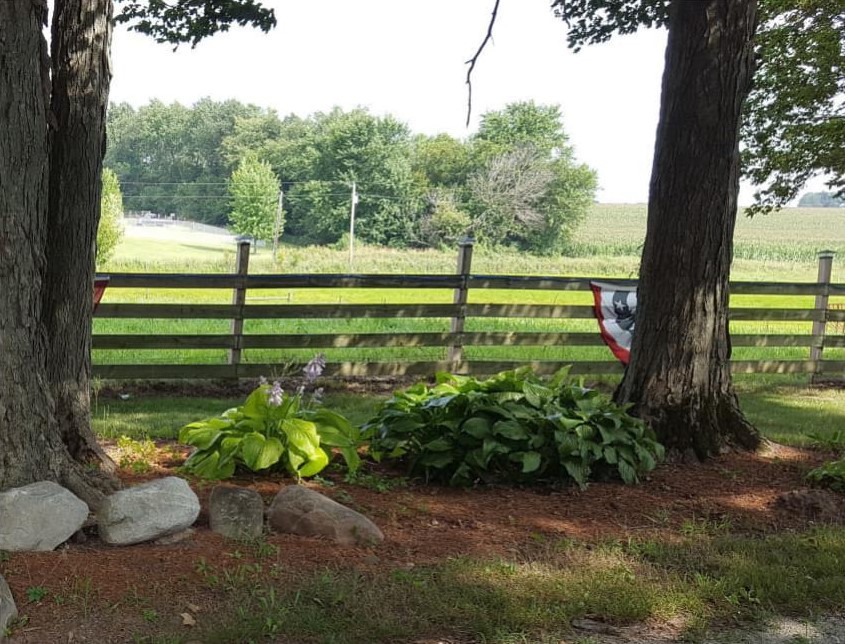June 8, 2021
I have a lot of hostas at my house. It is a plant that I frequently recommend to people as a perfect shade plant.
The conversation goes like this.
Homeowner: “I cannot get grass to grow under my maple tree. I have seeded grass twice and each time it pops up. But by fall it is no longer there. I seem to have moss there, is it choking out the grass?”
My answer: “You have tried twice, now it's time to do something different. The maple tree is winning the sunlight battle. What I like to tell people is that trees do not grow on the prairie and grass doesn’t grow in the woods. Maple trees are such heavy shade trees so they do not allow the grass to grow, but the moss will grow in the shade. Let’s think about planting something else. How about hostas?”
Hostas thrive where shade is available for much of the day. A location that is too dark will lead to slower growth rates but they will still survive. Yellow and gold hostas will actually benefit from 2 to 3 hours of morning sun to develop a richer leaf color. Blue hostas have a waxy coating on their leaves and require a shadier site to avoid leaf burn and bleaching. Brown, scorched leaf surfaces or leaf tips on a hosta is a symptom of sunscald. Far too many times I have seen these plants in the full sun. This plant should be moved to a shadier location or provide more water.
Hostas do a great job of spreading. Over time some plants will fill in a bed while the larger plants take more time to spread. They can be easily divided in the spring and new plants established quickly.
The two biggest hosta problems are slugs and deer. Slugs may eat holes in the leaves. I have never had a slug issue but others have. The best control is to lay down aboard and the slugs will crawl under in the daytime. You can pick it up and destroy them.
Deer control is only successful with a fence and that will end up spoiling the whole look.
There are many varieties of hosta ranging in colors from yellow, white, green, and blue. Many varieties have been bred for a variegated leaf, creating beautiful foliage in an assortment of colors and patterns. They are in sizes from miniature to over 3 feet tall. Some even have showy arrangements of flowers on a tall spike.
For me, hostas and mulch are my answer to the many heavy shade maple trees I have. That and a few rocks are how I accent the hosta beds.
Mark Kepler, Extension Educator- Agriculture and Natural Resources
Purdue Cooperative Extension Service-Fulton County 1009 West Third Street, Rochester IN 46975
574 223 3397 http://www.ag.purdue.edu/counties/fulton/pages/default.aspx https://www.facebook.com/Purdue.Extension.Fulton/









